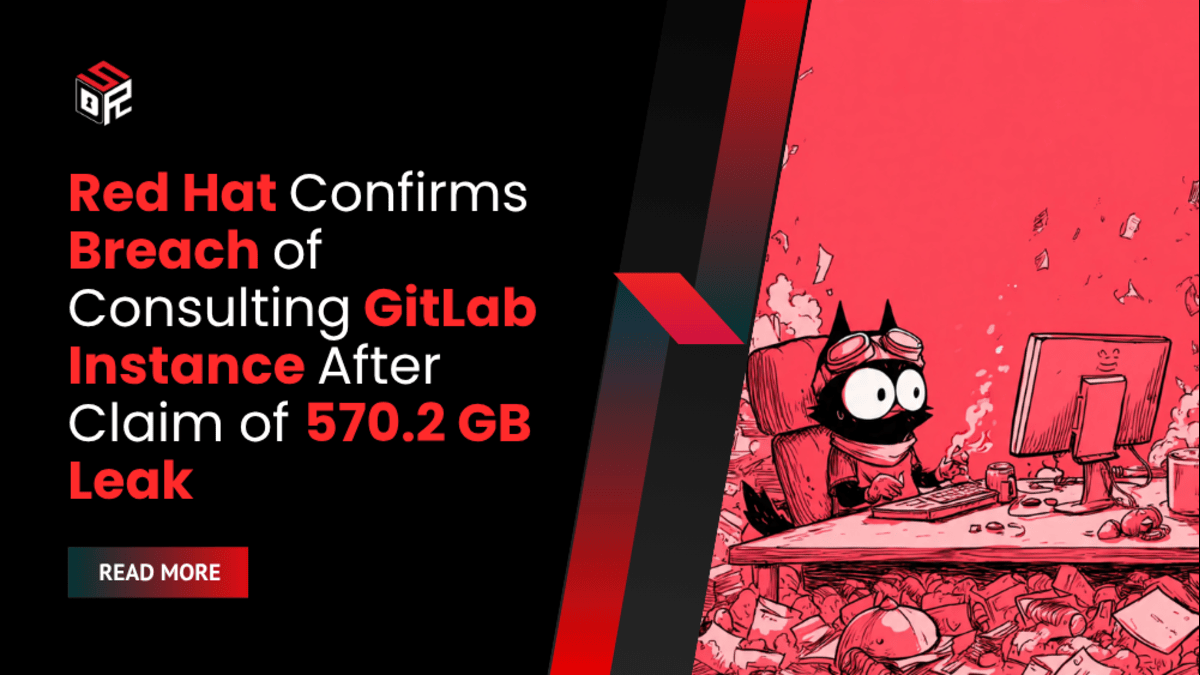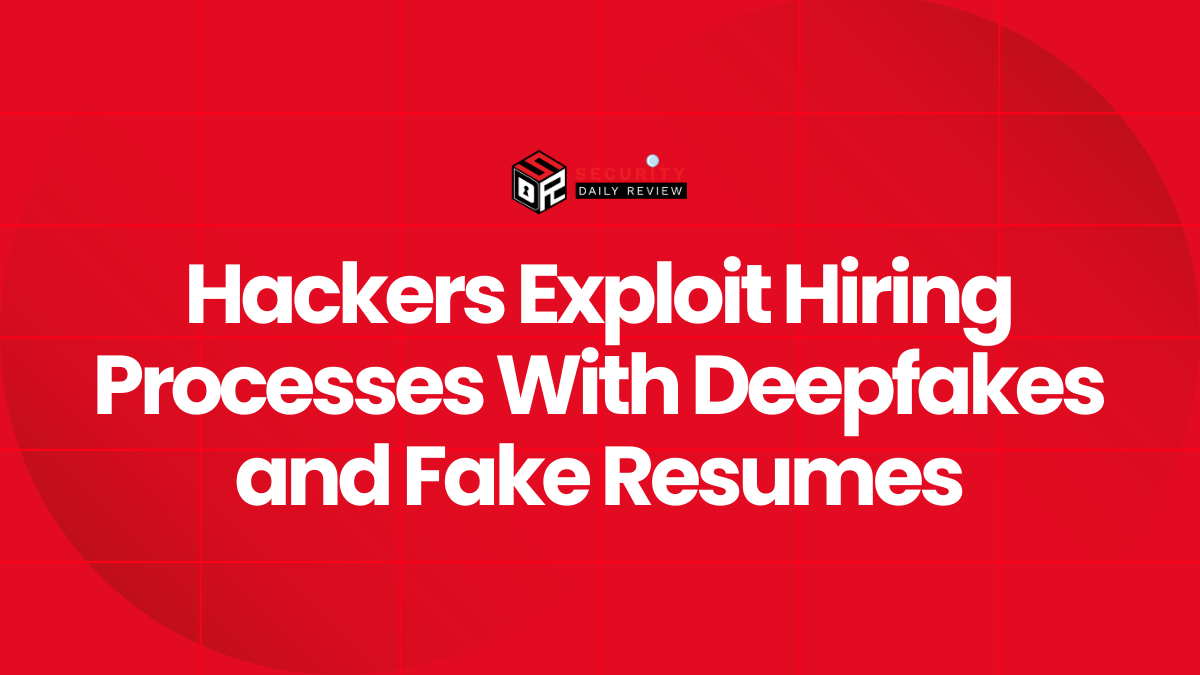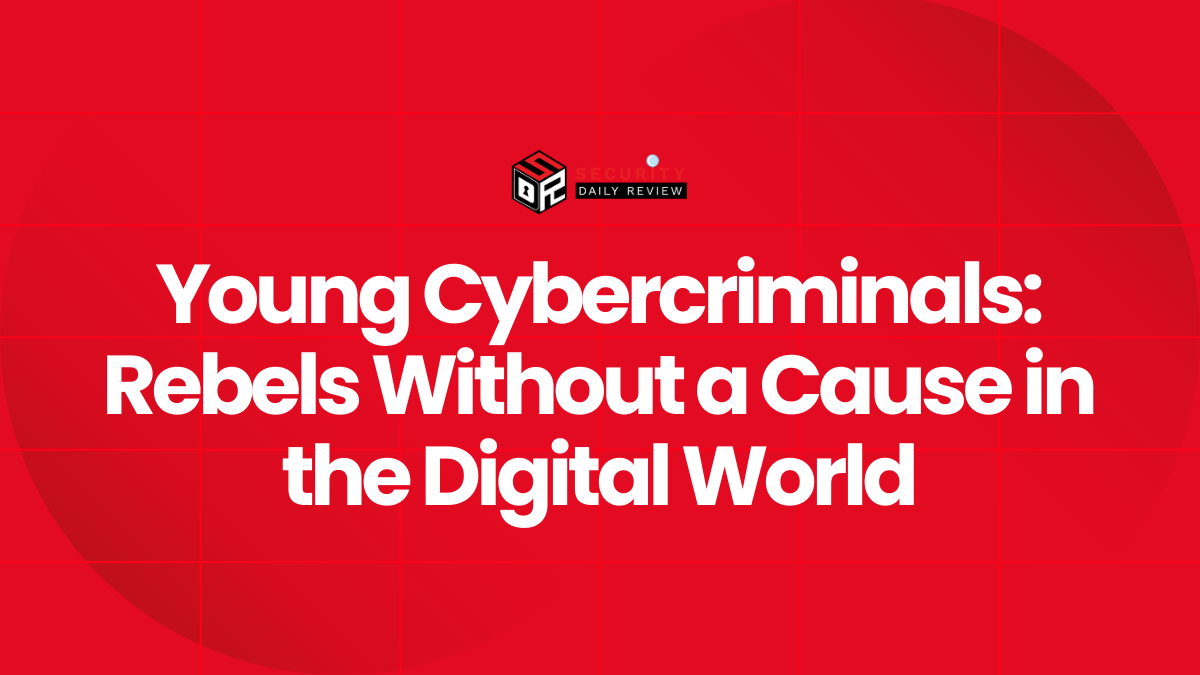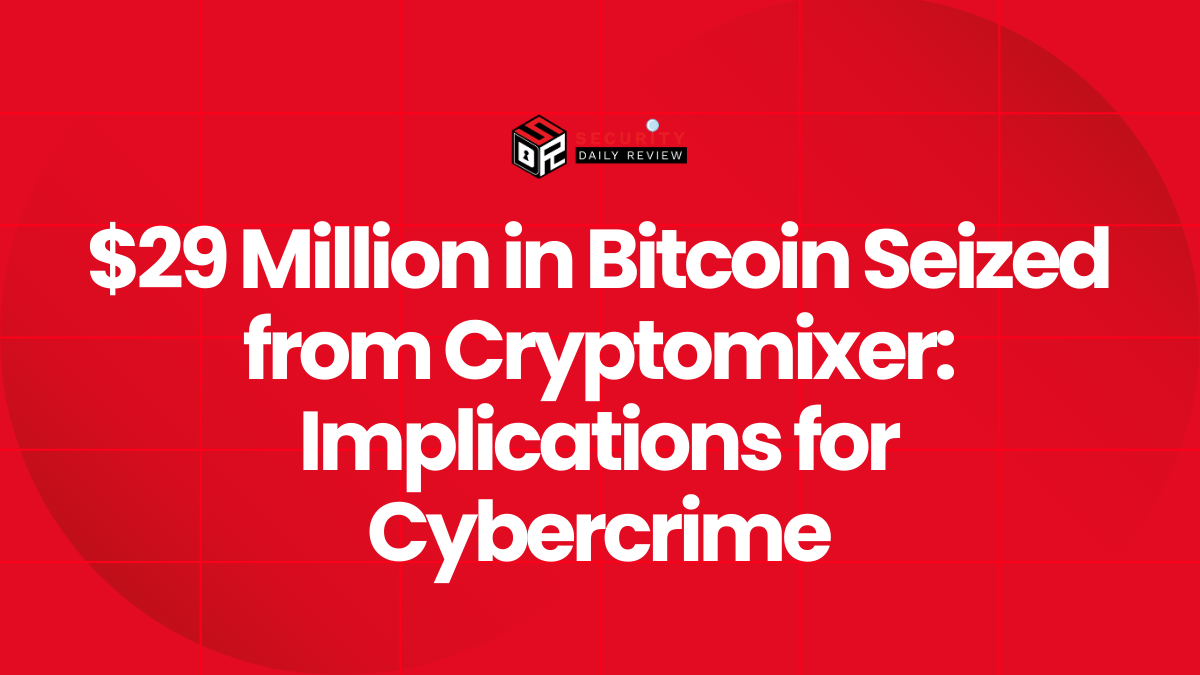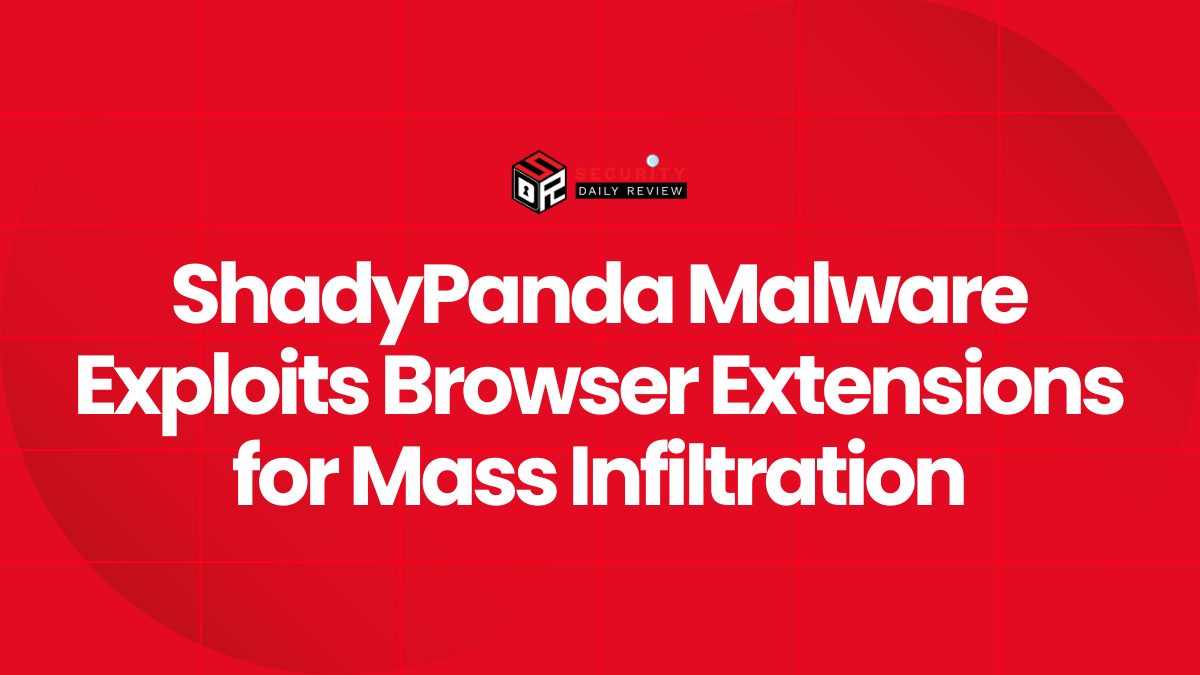Red Hat has confirmed that an unauthorized party accessed a self-managed GitLab instance used by its consulting organization and copied data from that environment, after an extortion group posted claims of a large-scale repository haul. The company said it detected the activity, removed the intruder’s access, isolated the instance and opened an investigation that remains ongoing. Red Hat’s security update.
The intruders, operating under the name Crimson Collective, posted on Telegram and social channels that they had extracted roughly 570.2 GB of compressed material from more than 28,000 internal repositories and that the files included around 800 Customer Engagement Reports (CERs)—documents that consulting teams produce for customers and that can contain architecture diagrams, configuration details and operational notes. The group provided a directory tree, a list of alleged CERs and screenshots as proof, which were widely reposted across social platforms.
“We recently detected unauthorized access to a GitLab instance used for internal Red Hat Consulting collaboration in select engagements. … We have implemented additional hardening measures designed to help prevent further access and contain the issue.” — Red Hat.
Red Hat stressed the incident is limited to a consulting GitLab environment and said it has “no reason to believe this security issue impacts any of our other Red Hat services or products,” including the company’s software supply chain and official download channels. The vendor also said it will notify customers directly if they are identified as impacted while its investigation continues.
Red Hat Breach Raises Concerns Over Leaked Customer Engagement Reports
Security researchers and reporting outlets that have examined the posted file listings say the leaked material, if genuine, appears to include server inventories, automation scripts and Ansible playbooks, OpenShift deployment documentation, CI/CD runner configurations, VPN definitions, container registry references, secret-management links, export files and various backups. Analysts warn those types of artifacts can provide a rich reconnaissance data set that significantly lowers the effort required for follow-on intrusions against the organizations described.
Multiple independent aggregations of the exposed file tree have included names of large public and private organizations in the listings. Reported entities appearing in reposted indexes range from federal agencies to global banks and telecoms. Red Hat has not publicly confirmed which, if any, of its customers are listed in the posted materials; the company’s statement said its review to date has not identified sensitive personal data in the affected instance.
Industry incident responders underscore two immediate risks when CERs and associated configuration files are exposed: first, they can contain authentication tokens, database URIs or embedded credentials that allow attackers to pivot into downstream customer environments; second, detailed deployment and tooling information lets an attacker reproduce the exact steps needed to exploit known or unknown weaknesses in a target’s infrastructure. Because of that, organizations named in the listings are being advised to treat the data as actionable until proven otherwise.
Investigation Into Compromised GitLab Environment Still Ongoing
Red Hat said it has contacted appropriate authorities and engaged internal and external responders as it continues forensic analysis. The vendor also clarified that the incident involves a self-managed GitLab instance used for consulting collaboration—not GitLab’s managed service—and GitLab itself has said its managed systems are not implicated. Red Hat declined to verify the full scope of the claims posted by the ransom actor while investigators assess provenance and completeness of the posted artifacts.
Public and private sector security teams have already begun sampling the posted files and scanning for indicators of compromise. Some responders caution that threat groups sometimes exaggerate the size or sensitivity of exfiltrated troves when publicizing incidents; correspondingly, forensic validation—file timestamps, repository metadata, commit histories and internal identifiers—will be critical to determine whether the dataset is current, complete or a selective extract. At the same time, the practical impact depends on whether tokens or credentials found in those files remain valid or have already been revoked.
For customers who engaged Red Hat Consulting, recommended immediate steps include rotating any credentials or tokens that may have been used or stored in consulting repositories, auditing automation scripts and CI/CD pipelines for embedded secrets, verifying vault configurations and access policies, and conducting targeted threat hunting for suspicious use of credentials or anomalous network activity that could indicate abuse of leaked artifacts. Organizations should also verify firewall and VPN rules and re-issue short-lived credentials where practicable.
As the investigation proceeds, attention will center on three tasks: confirming the authenticity and date range of the posted materials, identifying which customers are affected and whether any downstream systems were accessed using exposed artifacts, and determining whether additional intrusion activity can be linked to the same actor. Red Hat said it will provide further updates as its review concludes and affected customers are notified directly.

